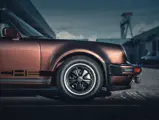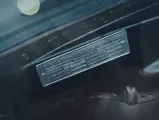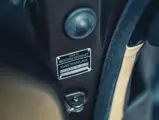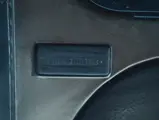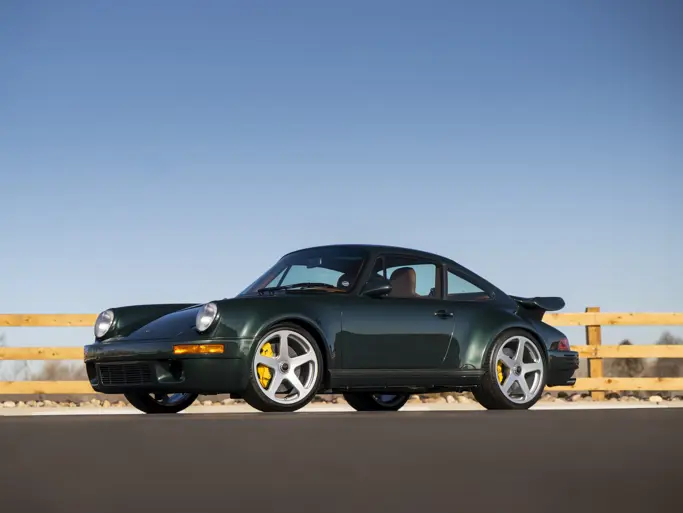Type 930. 260 bhp, 2,993 cc SOHC air-cooled horizontally opposed six-cylinder engine with a single KKK turbocharger and Bosch K-Jetronic fuel injection, four-speed manual transmission, independent front and rear suspension, and four-wheel ventilated disc brakes. Wheelbase: 89.4 in.
THE TURBO
It is easy to dismiss the early 1970s as a performance-starved world devoid of interesting automobiles, crushed out of existence by tightening federal safety and emissions regulations. Even as U.S. watchdogs clamped down—and, from the opposite flank, FIA and other sanctioning bodies were trying to stop Porsche’s dominance of virtually every form of international racing—the team at Stuttgart worked to develop not just a car that would be fast but one that would be the fastest and most powerful automobile they had ever built.
Internally dubbed the Type 930, the Turbo, as it simply became known as, featured a three-liter air-cooled six-cylinder engine boosted by a KKK turbocharger. With maximum pressure of .8 Bar, or about 11.5 psi, the engine developed an impressive 260 brake horsepower at 5,500 rpm and 253 foot-pounds of torque at 4,000 rpm. With that much twist available, Porsche determined that the stronger four-speed transaxle with widely spaced ratios would suit in place of the five-speed gearbox used across the rest of the 911 range.
Nobody would ever mistake the muscular new bodywork of the Turbo for any ordinary 911; its front fenders and rear quarter-panels were drastically flared to accommodate new 15-inch-diameter Fuchs forged aluminum road wheels, seven inches wide in front and eight inches in the rear. The rear “whale-tail” spoiler not only added down-force but its separate intake grille also supplied cooling air to the engine compartment. A deep chin spoiler was added below the nose to balance the handling.
Performance of the Type 930 was everything that enthusiasts could have hoped for and was absolutely incredible for its era: 0–60 sprints took about six seconds flat, and maximum speed approached a healthy 160 mph.
Porsche had taken the challenge of building an incredible performance car in an era when the powers that be fought against it, and the result was not only the fastest production car that they had ever offered but also the fastest production car on the planet.
CHASSIS NUMBER 9305700163
This beautiful 911 Turbo is the 163rd of just 284 examples built for the inaugural year in 1975, and it was delivered to its first owner in Japan. From among 15 special-order colors offered, the buyer chose the stunning Copper Brown Metallic (code 432), with a very attractive interior to customer specification that included “Leather to Sample” seats trimmed in a unique tan color. The car was also fitted with a limited-slip differential, electric window lifts, a heavy-duty battery, and a set of optional Pirelli 15-inch, 50-series performance tires (205 section in front and 225 in back). That option mandated a slightly different four-speed transaxle, the Type 930/32, with a 4.00 final drive ratio.
Purchased by the consignor from a long-term owner in Japan, the Porsche was in extremely original condition and showing approximately 130,000 kilometers. It was then subject to a meticulous, no-expense-spared restoration by marque specialists at Jakob’s Porsche of North Vancouver, British Columbia, Canada. The car was given a very high-quality bare-metal repaint in its original Copper Brown Metallic. The original electrically heated windshield with its original delivery sticker was preserved. The interior was completely replaced with correct materials by Heritage Upholstery of Vancouver, including “Dress Mackenzie Tartan” seat inserts to match one of the first Turbos featured in the original Porsche catalogue. This incredibly well-detailed Turbo also includes a period-correct Blaupunkt Bamberg stereo with three speakers, and it retains its original, date-stamped spare wheel, jack, and tool roll.
Mechanically, the engine and transaxle were completely rebuilt. The standard crank was polished, and new main and rod bearings were installed, along with new rod bolts, timing chains and ramps, head studs, and new NOS Mahle 930 pistons and cylinders. The original heads were rebuilt with new valves and guides, and the cams were reground and Parkerized. The original gearbox received new bearings, synchros, sliders, and dogteeth as well. At each corner, there are new Bilstein inserts in the original date-stamped struts and rebuilt and refinished original Bilstein shock absorbers. The brake calipers have also been rebuilt and correctly refinished, with new discs, pads, hoses, and master cylinder installed. All factory inspection marks were even re-applied. Finally, the original Fuchs wheels were re-anodized, painted, and fitted with new Pirelli P6000 tires.
The nimble and powerful Turbo Carrera in its earliest form is much sought after by enthusiasts, who consider it to be the purest and most enjoyable of this long-lived series. Weighing just over 2,500 pounds, it is much lighter and less complex than its successors and offers tremendous performance. With only 20 break-in kilometers recorded since its completion, this first-year 911 Turbo represents both the dawn of an era in Porsche history and one of the automaker’s all-time most significant achievements.







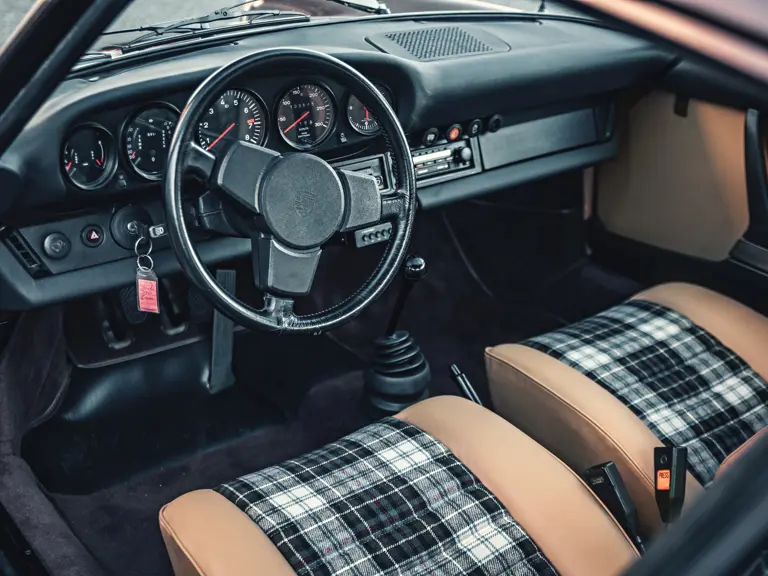
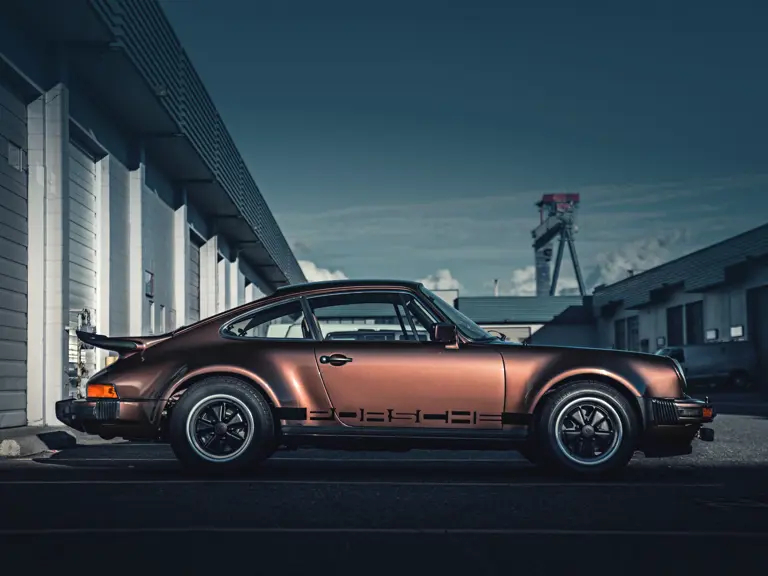


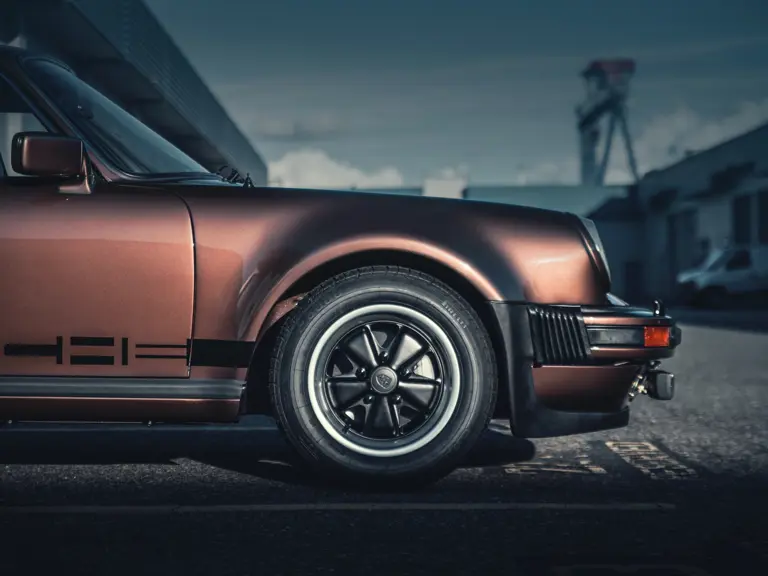
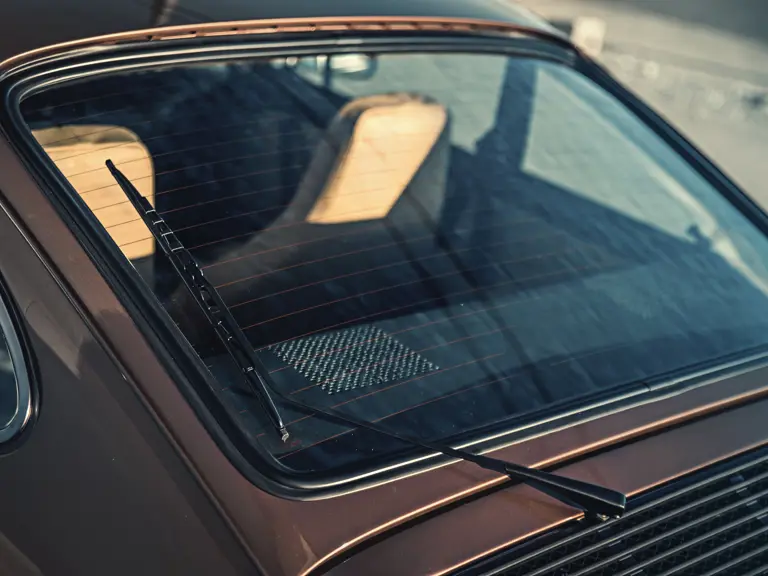
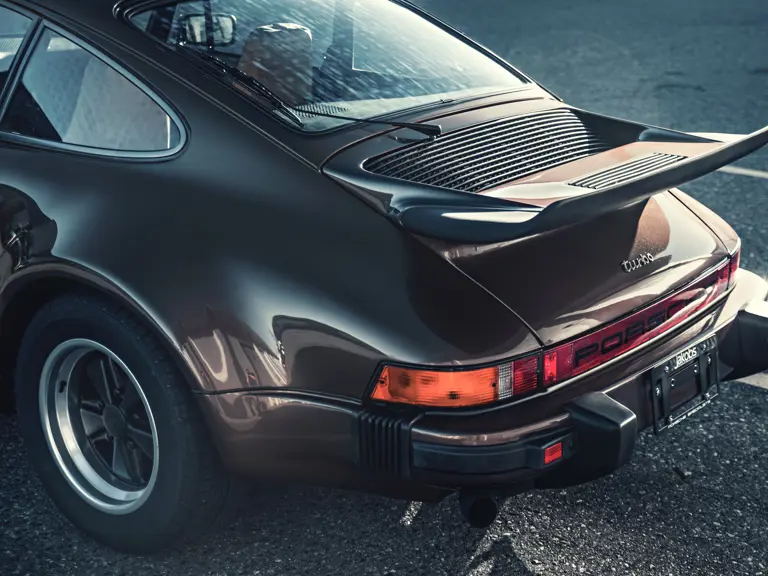
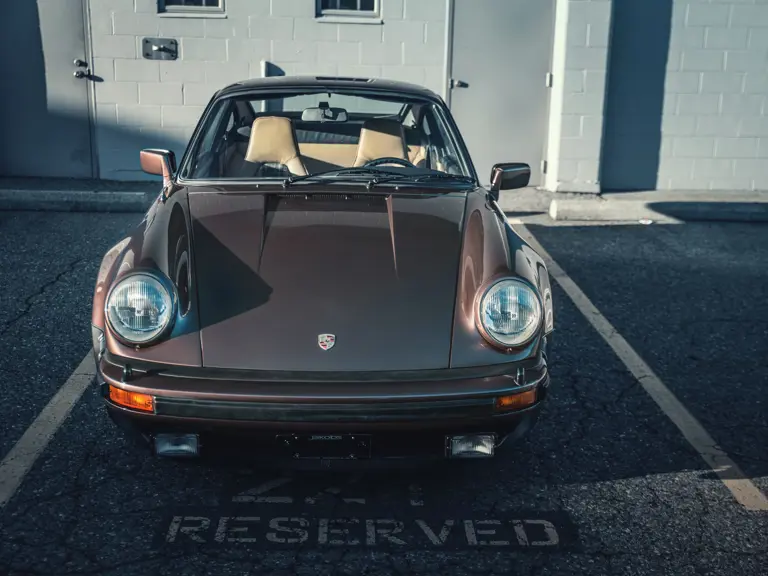

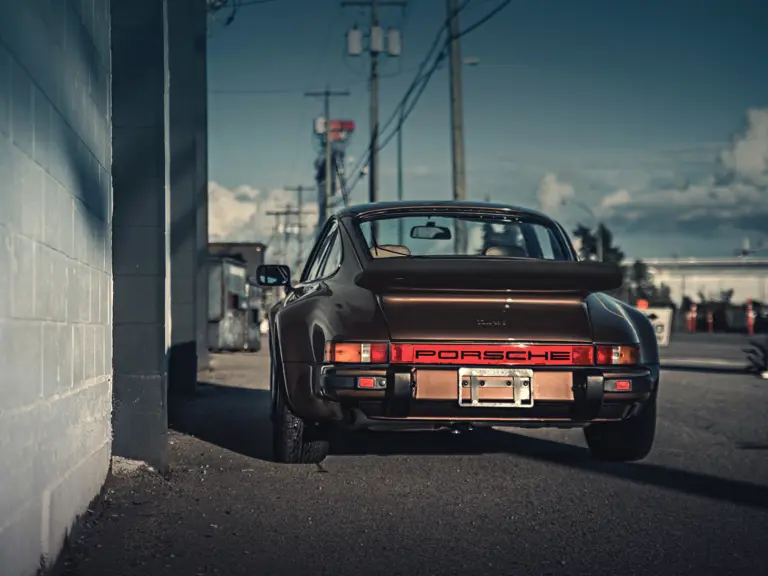
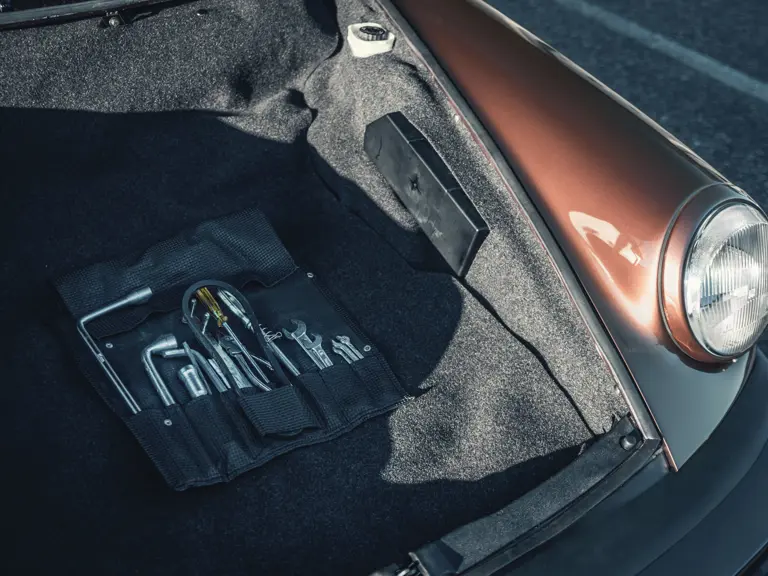
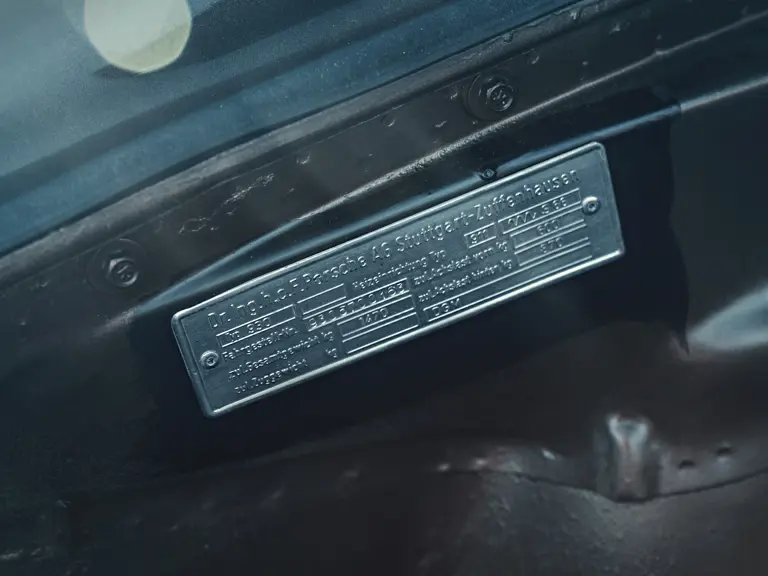

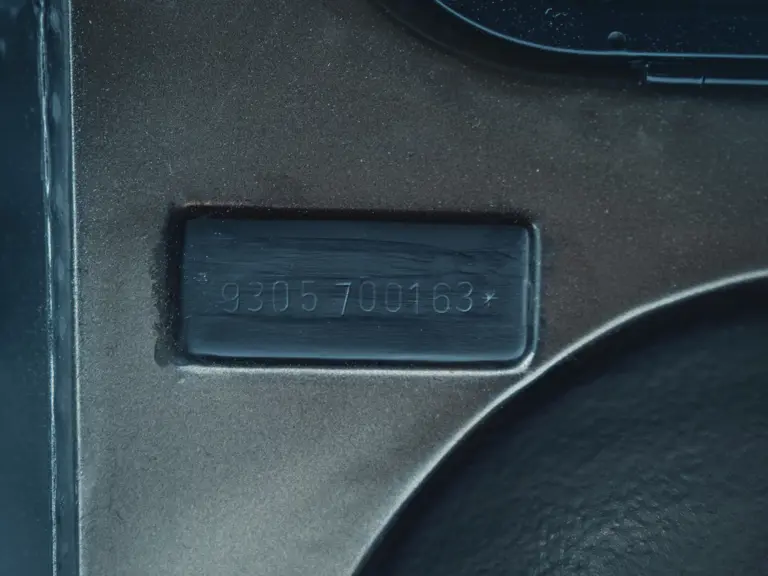

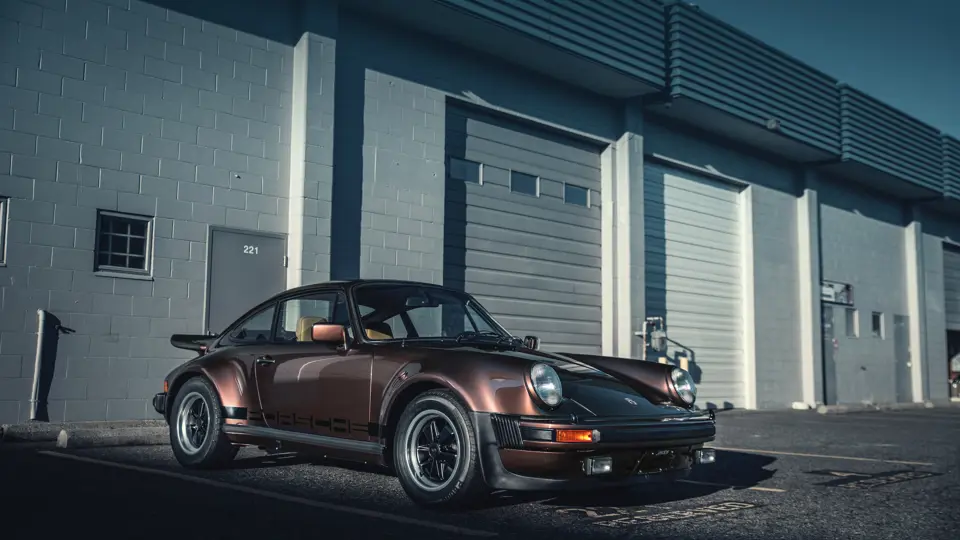
 | New York, New York
| New York, New York






